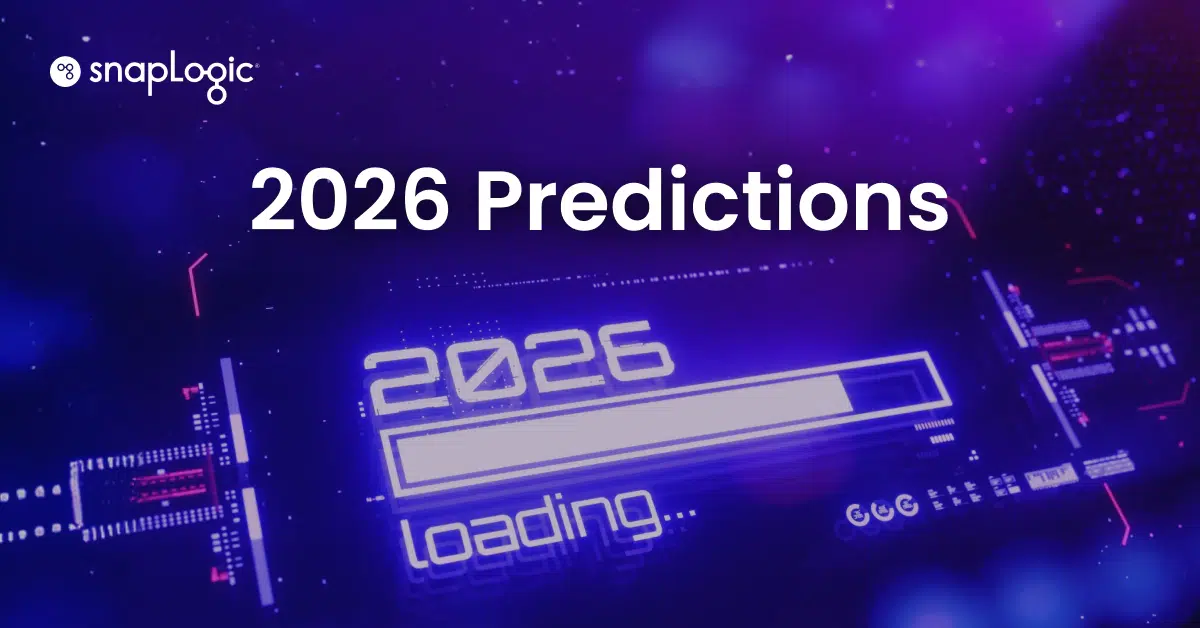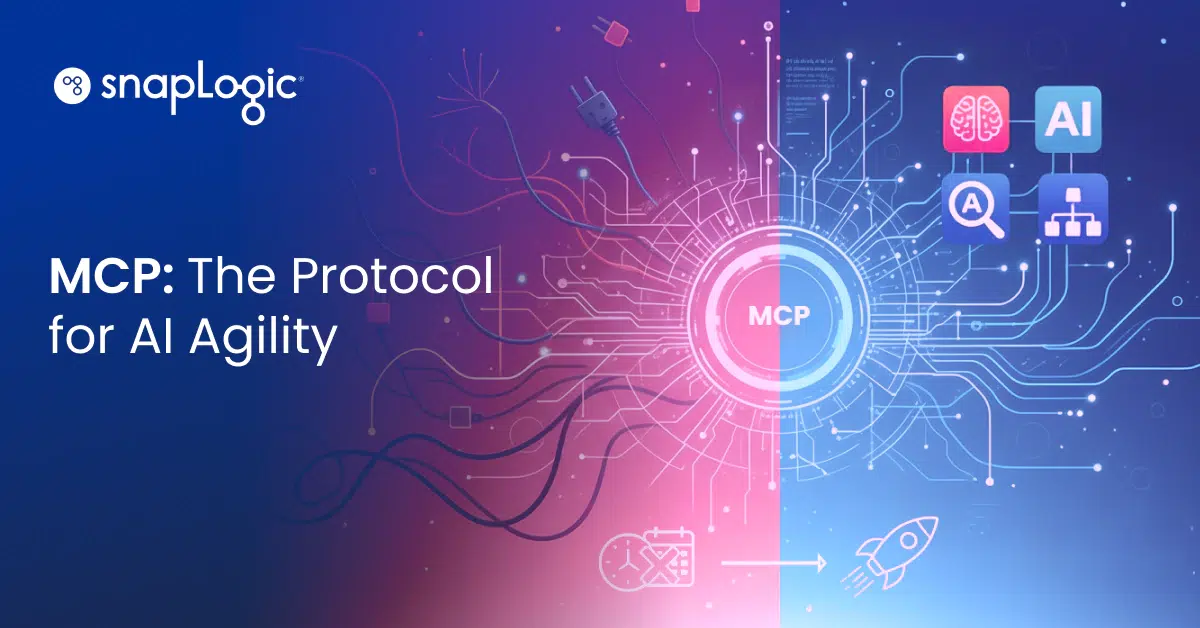Businesses use multiple systems and applications to achieve specific processes, such as procurement, payroll, inventory, invoicing, purchase orders, marketing, sales, human resources, the employee onboarding process, and other workflows. Typically, employees must use manual data entry in each system and complete repetitive tasks along the way. Business process automation (BPA) automates these processes to streamline the experience. It is often part of a digital transformation initiative. Business process management (BPM) oversees this automation.
Benefits of Business Process Automation
BPA integrates systems, apps, and other software needed in a specific business process. As a result it:
- Improves customer experience by creating a smoother, faster, more convenient experience
- Reduces data entry mistakes and human errors as data is entered once and appears everywhere it’s needed in the process
- Increases efficiency across business operations by cutting down time-consuming effort needed to manage multiple steps in a process
- Supports data-based decision-making across the organization with faster access to information needed in real-time
Is Robotic Process Automation Another Term for BPA?

Robotic process automation (RPA) is a subset of BPA. It uses machine learning and artificial intelligence to create a digital workforce (bots) that handle repetitive tasks, at scale. Businesses use RPA bots to automate and streamline processes such as communication (chatbots), ordering, scheduling, and other processes that do not require a human to complete.
How BPA Works
To achieve business process automation, businesses must integrate their systems and data. Automation solutions and BPA software can help achieve this, as well as other process automation tools. One step in achieving BPA is automating the integration process itself. This can be accomplished with an integration platform as a service solution (iPaaS), like SnapLogic, that facilitates easy, fast integrations with low-code to no-code requirements. Using APIs and pre-built connectors, an iPaaS lets even non-technical users create integrations. So, rather than wait for IT to perform the integration (which typically takes months), an iPaaS empowers users to integrate quickly, often within minutes to days. By giving each department the ability to integrate systems on their own, the business can achieve digital transformation and modernization much faster.
SnapLogic has more than 600 pre-built connectors designed to quickly and easily integrate the most popular software used by businesses today. Additionally, SnapLogic does data warehouse integration, to synthesize all data used across the organization, making BPA even easier to achieve.
BPA leads to greater customer satisfaction and makes work easier and more efficient for employees. As Forrester predicted, automation has become an imperative in today’s world.









